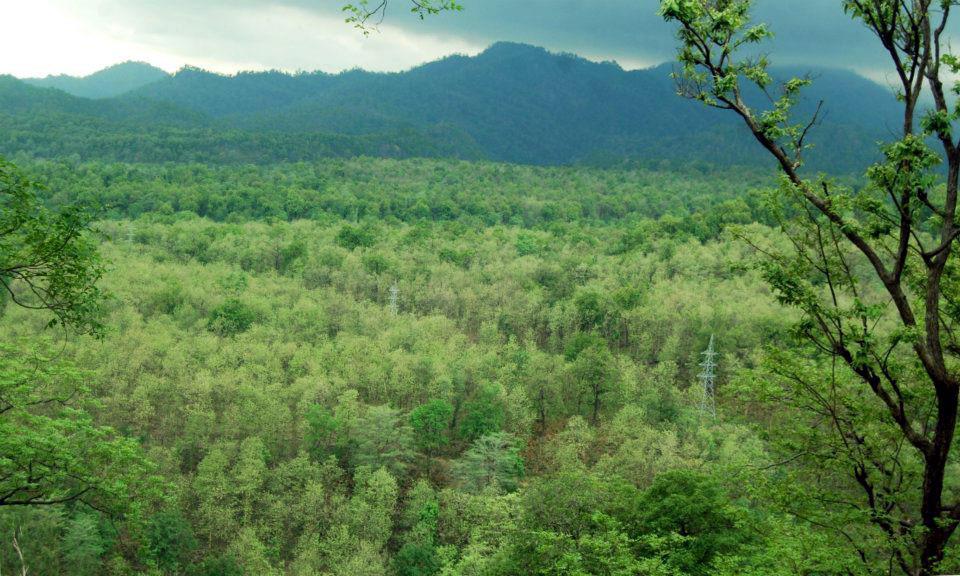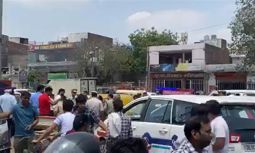
No major earthquake in the Garhwal-Kumaon region for 125 years. - File photo
Aditi Tandon
New Delhi, April 12
The Garhwal-Kumaon region of the central Himalayas is at a risk of a “big earthquake” of magnitude 7.5 or 8 on the Richter Scale. However, the timing and the exact impact of such an earthquake cannot be predicted as of today.
The Global Positioning System-derived studies of “strain rate” patterns in the Garhwal-Kumaon region by the Wadia Institute of Himalayan Geology, Dehradun, have revealed the existence of two low “strain rate” corridors — Ramganga-Baijro and Nainital-Almora, which have the potential to generate a “big earthquake”.
“The two corridors have not seen any strong earthquakes and surface ruptures for the past more than 100 years. These may be the locales for future big earthquakes,” Kalachand Sain, Director of the Dehradun institute, a body under the Ministry of Science and Technology, told The Tribune.
“Strain rate” loosely means the locked-up energy that remains trapped in rocks as they collide under the surface of the earth over the years.
If this energy does not get released through earthquakes over time, it builds up underneath and creates potential for a major earthquake in the future.
Sain said, “The Garhwal-Kumaon region has not seen any earthquake of magnitude of more than 7.5 for nearly 125 years. The region is at a risk of a major earthquake. We cannot predict the percentage of the locked-up energy that would be released if the earthquake hits the region or its impact. What we know is that this region has massive accumulated energy. It has witnessed smaller earthquakes less than 6.7 on the Richter scale (Uttarkashi in 1991 and Chamoli in 1999) over a period of a century. A lot of energy is stored in this region, making it vulnerable to a major earthquake.”
The top scientist said that with a dense network of sensors, real-time transmission of data, fast-computing machines, advanced modelling and use of artificial intelligence, it was possible to comprehend earthquake processes and develop alert systems against earthquakes.
Join Whatsapp Channel of The Tribune for latest updates.




























